Proteins: Biochemistry and Biotechnology 2nd Edition Table of Contents
Preface xi
About the Companion Website xiii
Chapter 1 Proteins and proteomics 1
1.1 Proteins, an introduction 1
1.2 Genes, genomics and proteomics 2
1.3 Bioinformatics 12
1.4 Proteomics: goals and applications 14
Further reading 22
Chapter 2 Protein structure and engineering 25
2.1 Primary structure 25
2.2 Higher-level structure 36
2.3 Protein classification on the basis of structure 41
2.4 Protein structural stability 45
2.5 Higher-order structure prediction 47
2.6 Protein folding 48
2.7 Intrinsically disordered proteins 50
2.8 Protein engineering 51
2.9 Protein post-translational modification 54
Further reading 62
Chapter 3 Protein sources 65
3.1 Recombinant versus non-recombinant production 65
3.2 Approaches to recombinant protein production 67
3.3 Heterologous protein production in E. coli 72
3.4 Heterologous production in bacteria other than E. coli 77
3.5 Heterologous protein production in yeast 77
3.6 Heterologous protein production in fungi 78
3.7 Proteins from plants 80
3.8 Animal tissue as a protein source 84
3.9 Heterologous protein production in transgenic animals 85
3.10 Heterologous protein production using animal cell culture 86
3.11 Insect cell culture systems 87
Chapter 4 Protein purification and characterization 91
4.1 Protein detection and quantification 93
4.2 Initial recovery of protein 95
4.3 Removal of whole cells and cell debris 98
4.4 Concentration 103
4.5 Chromatographic purification 107
4.6 Protein inactivation and stabilization 128
4.7 Protein characterization 137
Further reading 139
Chapter 5 Large-scale protein production 141
5.1 Upstream processing 141
5.2 Downstream processing 154
5.3 Therapeutic protein production: some special issues 163
5.4 Range and medical significance of impurities potentially present in protein-based therapeutic products 166
Further reading 175
Chapter 6 Therapeutic proteins: blood products, vaccines and enzymes 177
6.1 Blood products 177
6.2 Anticoagulants 184
6.3 Thrombolytic agents 186
6.4 Additional blood-related products 189
6.5 Vaccine technology 190
6.6 Therapeutic enzymes 194
Further reading 202
Chapter 7 Therapeutic antibodies 205
7.1 Antibodies 205
7.2 IgG structure and activity 205
7.3 Antibody therapeutics: polyclonal antibody preparations 209
7.4 Antibody therapeutics: monoclonal antibodies 211
7.5 Therapeutic applications of monoclonal antibodies 220
7.6 Antibody conjugates 223
7.7 Bispecific antibodies 224
7.8 Antibody fragments 225
7.9 Engineering the antibody glycocomponent 228
7.10 Fc fusion proteins 229
Further reading 230
Chapter 8 Hormones and growth factors used therapeutically 233
8.1 Insulin 233
8.2 Glucagon 240
8.3 Gonadotrophins 240
8.4 Growth hormone 243
8.5 Erythropoietin 246
8.6 Other hormones 247
8.7 Growth factors 249
Further reading 253
Chapter 9 Interferons, interleukins and tumour necrosis factors 257
9.1 Regulatory factors: cytokines versus hormones 257
9.2 Interferons 258
9.3 Interleukins 264
9.4 Tumour necrosis factors 271
Further reading 274
Chapter 10 Proteins used for analytical purposes 277
10.1 The IVD sector 279
10.2 The basis of analyte detection and quantification 280
10.3 Enzymes as diagnostic/analytical reagents 281
10.4 Biosensors 289
10.5 Antibodies as analytical reagents 295
Further reading 309
Chapter 11 Industrial enzymes: an introduction 311
11.1 Sales value and manufacturers 313
11.2 Sources and engineering 314
11.3 Environmental benefits 315
11.4 Enzyme detection and quantification 315
11.5 Immobilized enzymes 316
11.6 Extremophiles 319
11.7 Enzymes in organic solvents 324
11.8 Industrial enzymes: the future 325
Further reading 325
Chapter 12 Industrial enzymes: proteases and carbohydrases 327
12.1 Proteolytic enzymes 327
12.2 Carbohydrases 340
Further reading 367
Chapter 13 Additional industrial enzymes 371
13.1 Lipases 371
13.2 Penicillin acylase 375
13.3 Amino acylase and amino acid production 378
13.4 Cyclodextrins and cyclodextrin glycosyltransferase 380
13.5 Enzymes and animal nutrition 382
13.6 Enzymes in molecular biology 387
Further reading 390
Chapter 14 Non-catalytic industrial proteins 393
14.1 Functional properties of proteins 393
14.2 Milk and milk proteins 397
14.3 Animal-derived proteins 408
14.4 Plant-derived proteins 411
14.5 Sweet and taste-modifying proteins 412
Further reading 414
Index 417



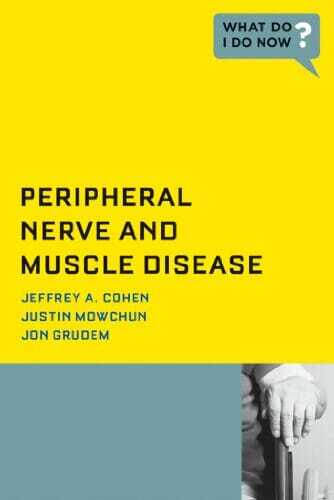
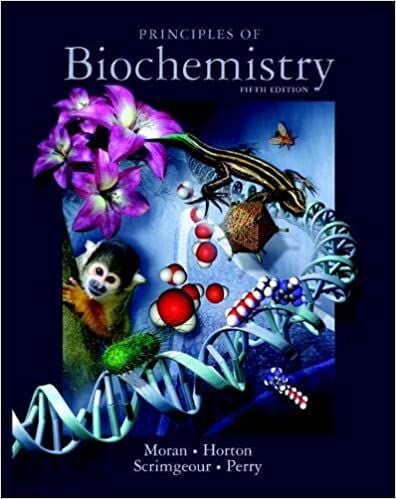
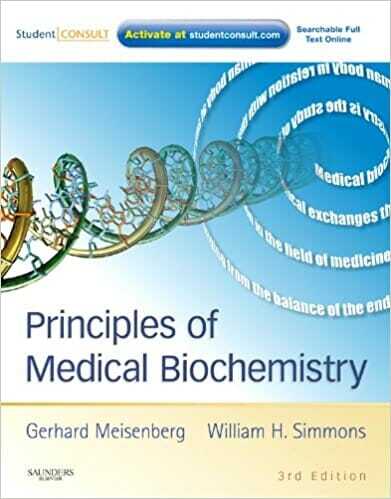
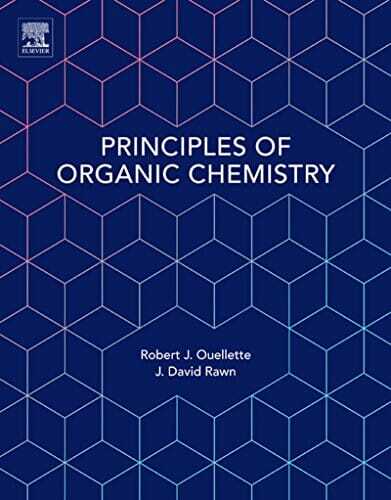
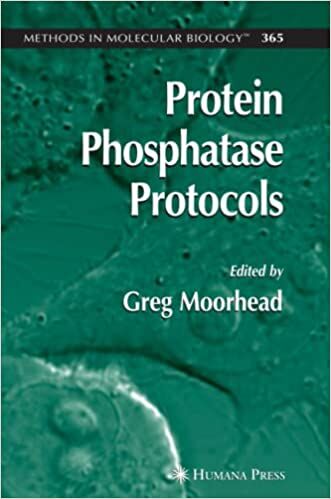
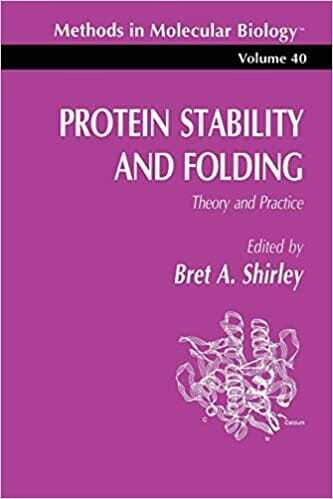
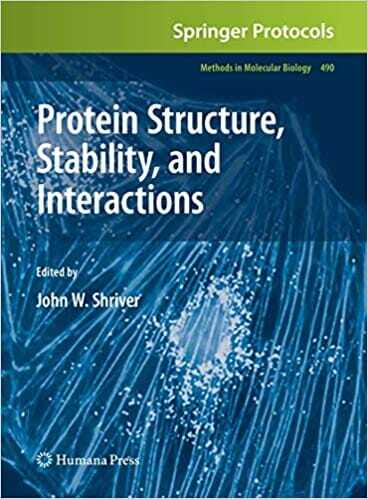
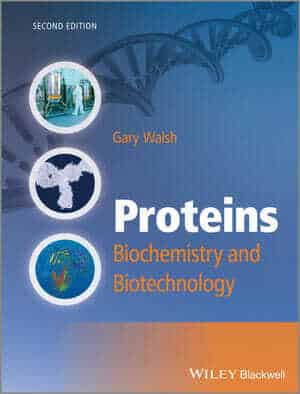
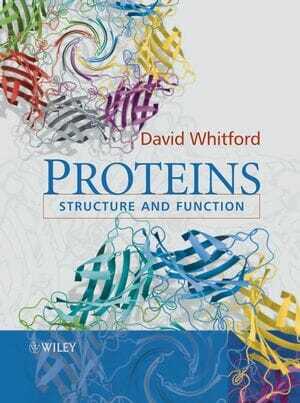




![Ettinger’s Textbook of Veterinary Internal Medicine 9th Edition [PDF+Videos] Ettinger’s Textbook of Veterinary Internal Medicine 9th Edition [True PDF+Videos]](https://www.vet-ebooks.com/wp-content/uploads/2024/10/ettingers-textbook-of-veterinary-internal-medicine-9th-edition-100x70.jpg)

![Textbook of Veterinary Diagnostic Radiology 8th Edition [PDF+Videos+Quizzes] Thrall’s Textbook of Veterinary Diagnostic Radiology, 8th edition PDF](https://www.vet-ebooks.com/wp-content/uploads/2019/09/textbook-of-veterinary-diagnostic-radiology-8th-edition-100x70.jpg)





